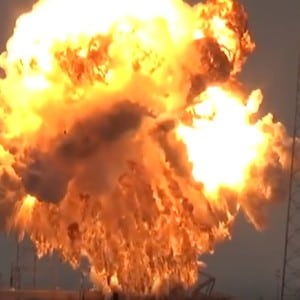
Space Exploration Technologies Corp. (SpaceX) on Friday said it hopes to fly Falcon 9 by the end of the year, pending the results into its investigation into early September’s anomaly.The company said it narrowed its investigation to one of the three composite overwrapped pressure vessels (COPV) inside the liquid oxygen tank. SpaceX said it can re-create a COPV failure entirely through helium loading conditions.These conditions, the company said, are mainly affected by the temperature and pressure of the helium being…













